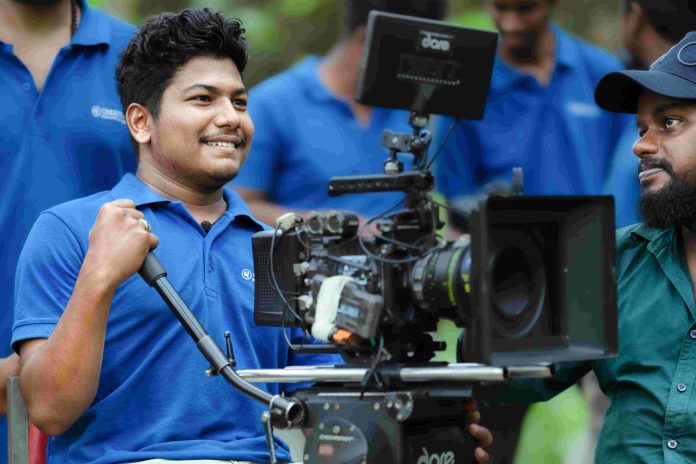Beginning photography is creative and educational. Many beginner photographers experience ruined nerves, contradicting advice from friends, and frustration as they grasp a new camera and strive to capture what they see.
It needn’t be unpleasant. You just need a little training to get started, and the best place to start is with basic shot concepts. Imagine your image divided into nine equal squares with evenly spaced lines.
Your image’s focal points are where the lines connect. Squares’ lines are secondary strengths. Human eyes are drawn to these areas, not the frame’s center. Place your subject along one of these lines or at the intersections to maximum image effect. Place a person’s gaze along these points and lines for a “headshot.” In a landscape, position a tree there for maximum impact.
Press pictures are commercial photography. Photography sells, says Andrew Bennett. “When I do commercial photography, a company needs marketing content.” Websites, billboards, and social media employ photos.
Food, fashion, architecture, headshots, and portraits are commercially photographed. A company can license a self-taken or studio photo. This beginner’s introduction to trick photography uses simple concepts without extra equipment or software.
Photography is a fulfilling pastime or career. We can all relate to the satisfaction of showing a snapshot that prompts a “Wow!” “How?” Trick photography is fun here. We chose simple concepts that don’t require extra equipment or software for this beginner’s guide to trick photography. All of these tactics require a manual DSLR camera and a regular Zoom lens. Only you can apply these strategies to your own vision with creativity and thought.
Copyrights
All the photos and text in this post are copyright of Jinto Abraham , Creative Hut Institute of Photography. Their reproduction, full or part, is forbidden without the explicit approval of the rightful owners.


